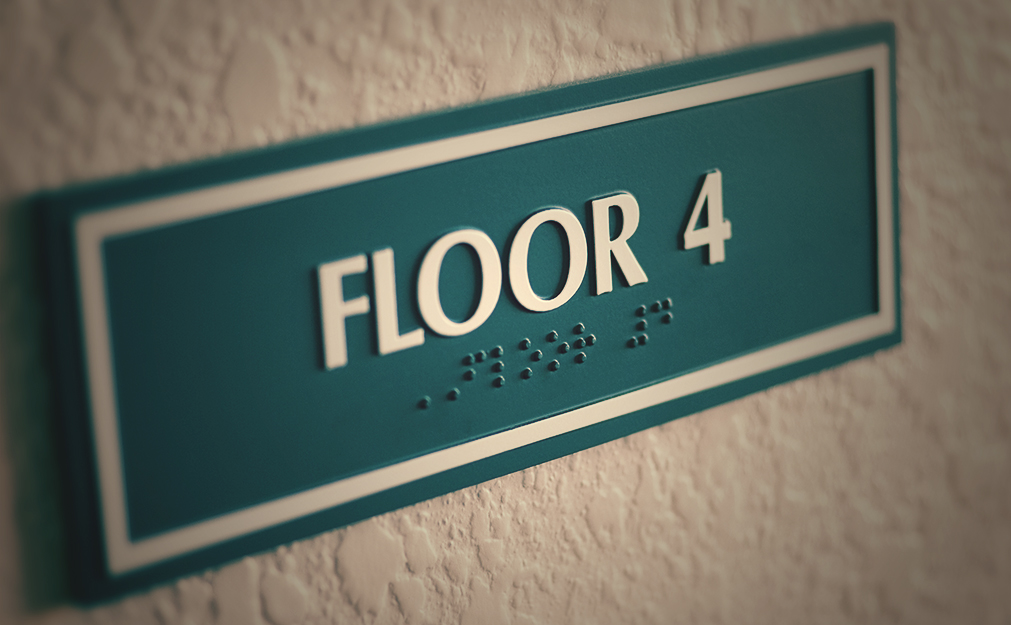Tenants with Special Needs: A Growing Segment of Small Property Renters

Small properties, while historically low in attracting renters with disabilities, are becoming more sought after for their affordability.
Small Properties Historically Low in Catering to Special Needs
Disability is a multidimensional concept where medical challenges could potentially be attenuated by external elements. Factors such as society, technology and culture are helping individuals with disabilities function with a greater level of ease in their daily lives.
The Census Bureau identifies six basic forms of disabilities including self-care, independent living, ambulatory, cognitive, vision and hearing difficulties. While these represent unique challenges on their own, certain individuals might have multiple disabilities.
As shown below, one out of every 10 tenants living in small properties identified as having one of the above difficulties in 2015. This statistic mirrors the share of such individuals in the overall population, but is doubled in large apartment buildings with their greater amenities and higher likelihood for elevators.
Of this 10% in small apartment buildings, the most common challenge reported is related to the inability to move independently. Data shows 7% of individuals (five years and over) in small apartments and 14% of individuals in larger apartments have reported an ambulatory difficulty.
This trend of large buildings having twice the share of renters with disabilities as small buildings holds true across the more care-intensive difficulties such as self-care and cognitive difficulties.
Tenants with Special Needs Now Growing Faster in Small Properties
While the preference for small buildings has historically been low, new data indicates that this trend might be changing.
As shown below, tenants reporting some form of difficulty grew at an annual rate of 3% between 2010 and 2015. This is higher than the percent electing to live in large buildings, and faster compared to their share growth in the background population.
The lower rents in small properties are a potential draw for tenants requiring disability assistance. However, catering to this segment might require property level retrofitting and service upgrades. Such provisions could result in longer-term tenant stability.

